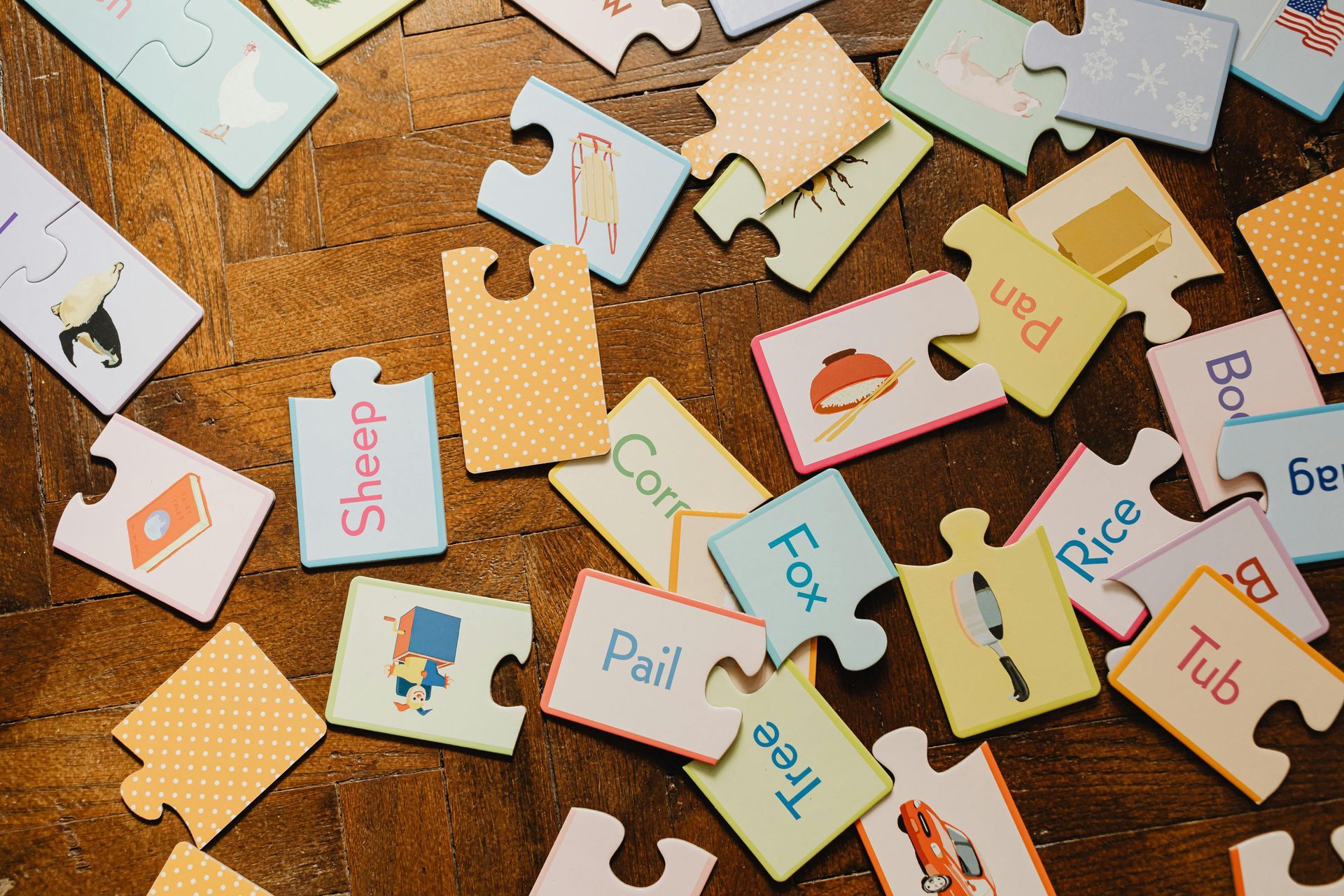How to Use Finger Spelling to Help Your Child Become a Better Speller
How to Use Finger Spelling to Help Your Child Become a Better Speller
If you have ever been frustrated with trying to help your child with their spelling
words, you are not alone. Spelling is hard for many students, but especially difficult
for dyslexics. If you have ever really looked at their spelling, many times there doesn’t seem to be any rhyme or reason to why they spell the way they do. Many teachers have their students write their spelling words five times each or more. I used to do this as a classroom teacher until I discovered that the students for whom spelling correctly came easily didn’t need to do this, and the students who struggled with spelling may have written the word correctly only one time out of five.
There are much better ways to conquer spelling.
Finger Spelling, especially for beginning words is amazing. This is how it works.
Let’s use the word cat. Ask your child (or student) how many sounds are in cat. Have
them hold up one finger as they make each sound /c//a//t/. Then ask, “How many sounds are in cat?” Hopefully, they can look at their three fingers and know that there are only three sounds in the word cat.
Next, have them write the letter for each of the three sounds: /c//a//t/. Let them know that they do not need to add any other letters to the word. This may seem strange to some; however, in my experience, I have seen many students spell a word correctly only to add two or three extra letters to the end of the word because it seemed too short or didn’t look right to them. Therefore, they misspelled the word. Counting the sounds by using their fingers, and then writing just those sounds is a great way to spell correctly. Of course, English is complicated and not all words can be sounded out this way, but it helps a young child to spell correctly and not just give it their “best guess” as the Whole Language approach to reading dictates.
When the words become longer, I like to help them hear and spell each word one syllable at a time. This helps them break down the words into smaller pieces. Again they can start by counting the syllables with their fingers so they know how many syllables they must write to form the word. Many teachers use “claps” for each syllable. This also works well, but they need to remember how many “claps” they had so they can break down the word to spell correctly.
Here’s an example: “How many syllables are in the word backpack?” It would be divided /back/ /pack/ so that would be two syllables. In this case we have a compound word. Now how many sounds are in back? Three: /b//a//ck/ and there are also three in /p//a//ck/. Now have your child write down the sounds for each syllable.
This may seem a little confusing at first, but the more it is used, the easier it becomes. The reward is more words spelled correctly the first time around. I have used this method with many students who could never spell any words correctly on a spelling test. The look on their faces when they spelled most of the words correctly is priceless.
Being successful in such a small thing for us can be a huge win for them. This is a true self-esteem builder.
Remember, this is a starting point for spelling. There are many other little tricks to spelling as the words get longer and harder. I often think how lucky we are to live in a time where technology can help us become better spellers. I always wondered why we were told as kids to look up the word in the dictionary so we could spell it correctly. If we didn’t know how to spell the word, we didn’t know where to find it in the dictionary. I bet a lot of you reading this post heard those words as a child only to be frustrated.
Happy Spelling!


